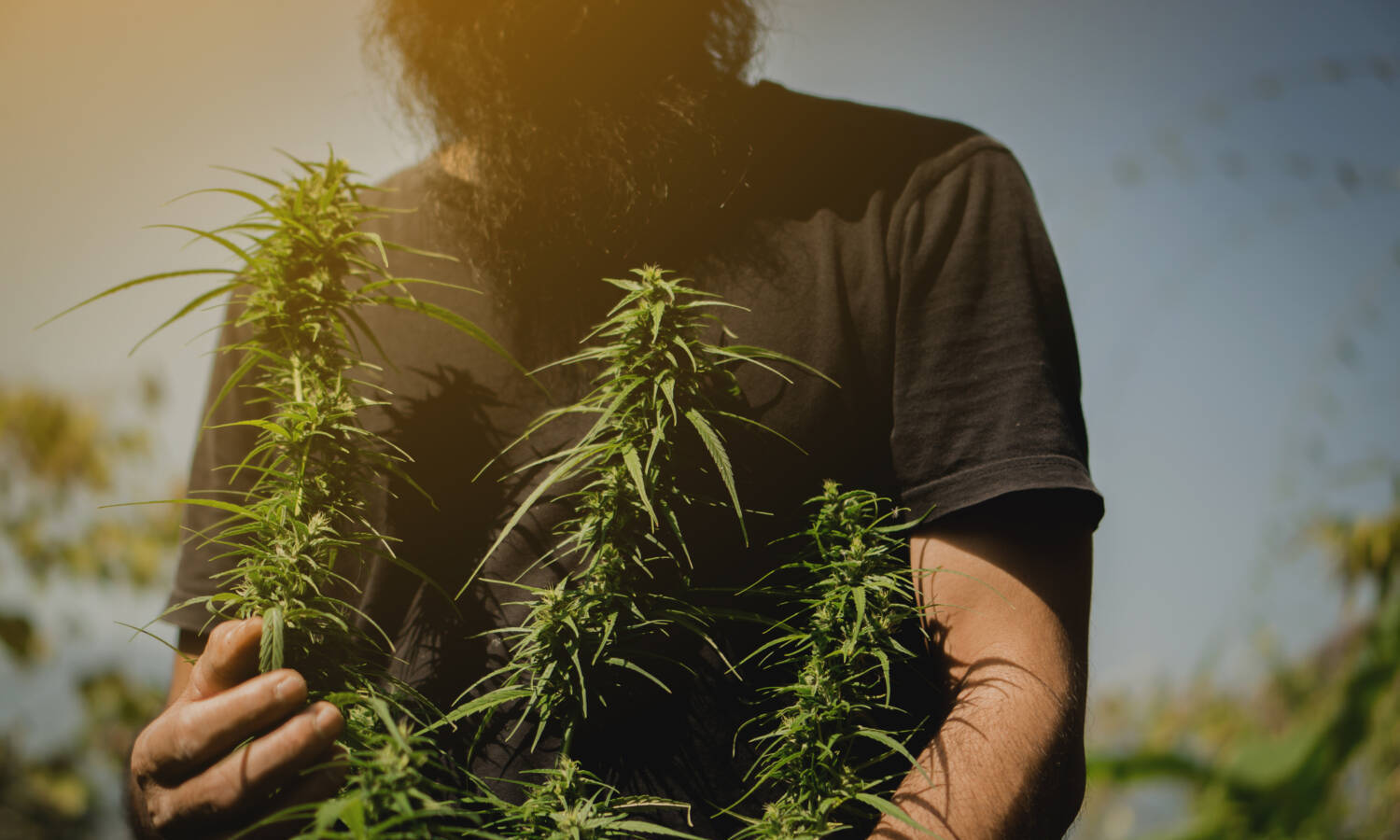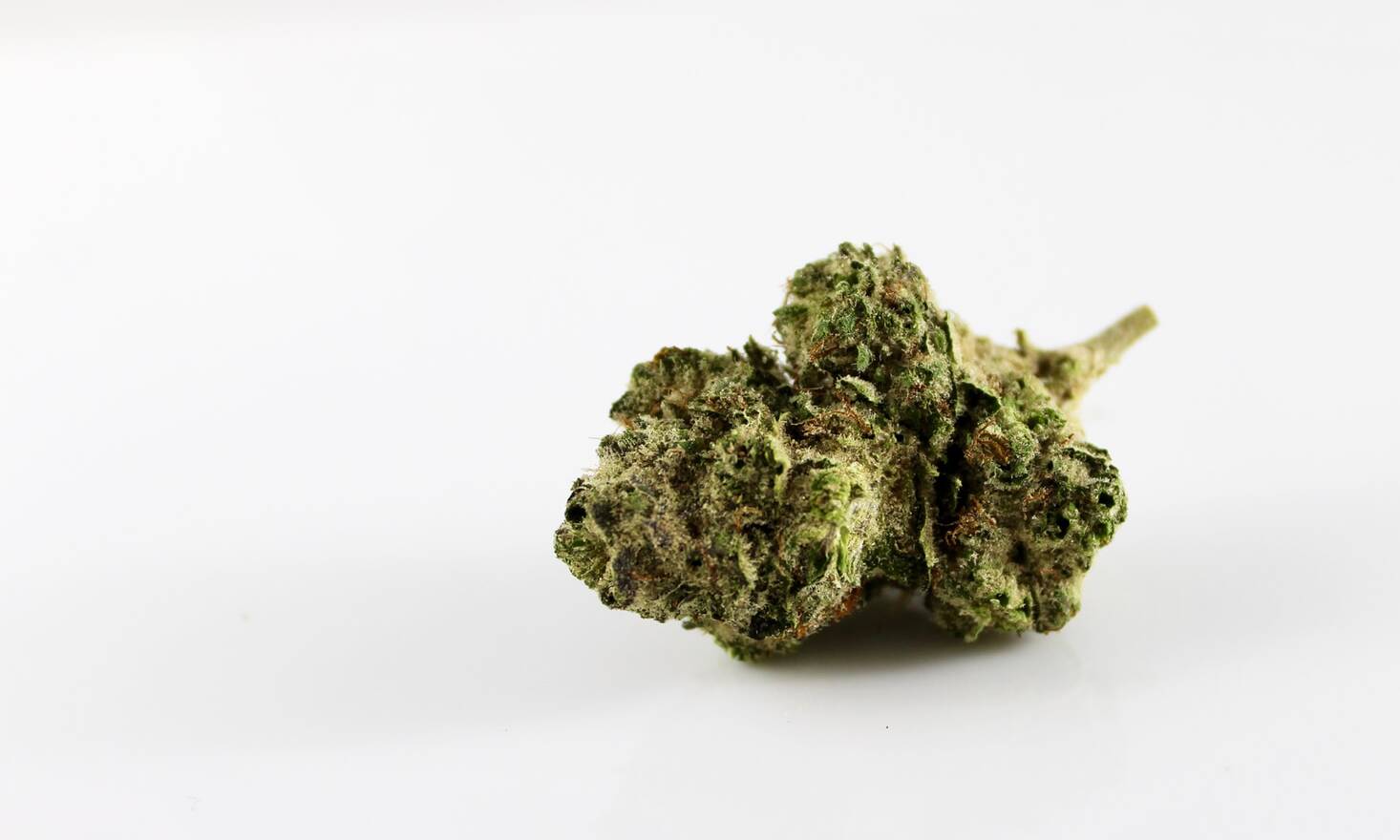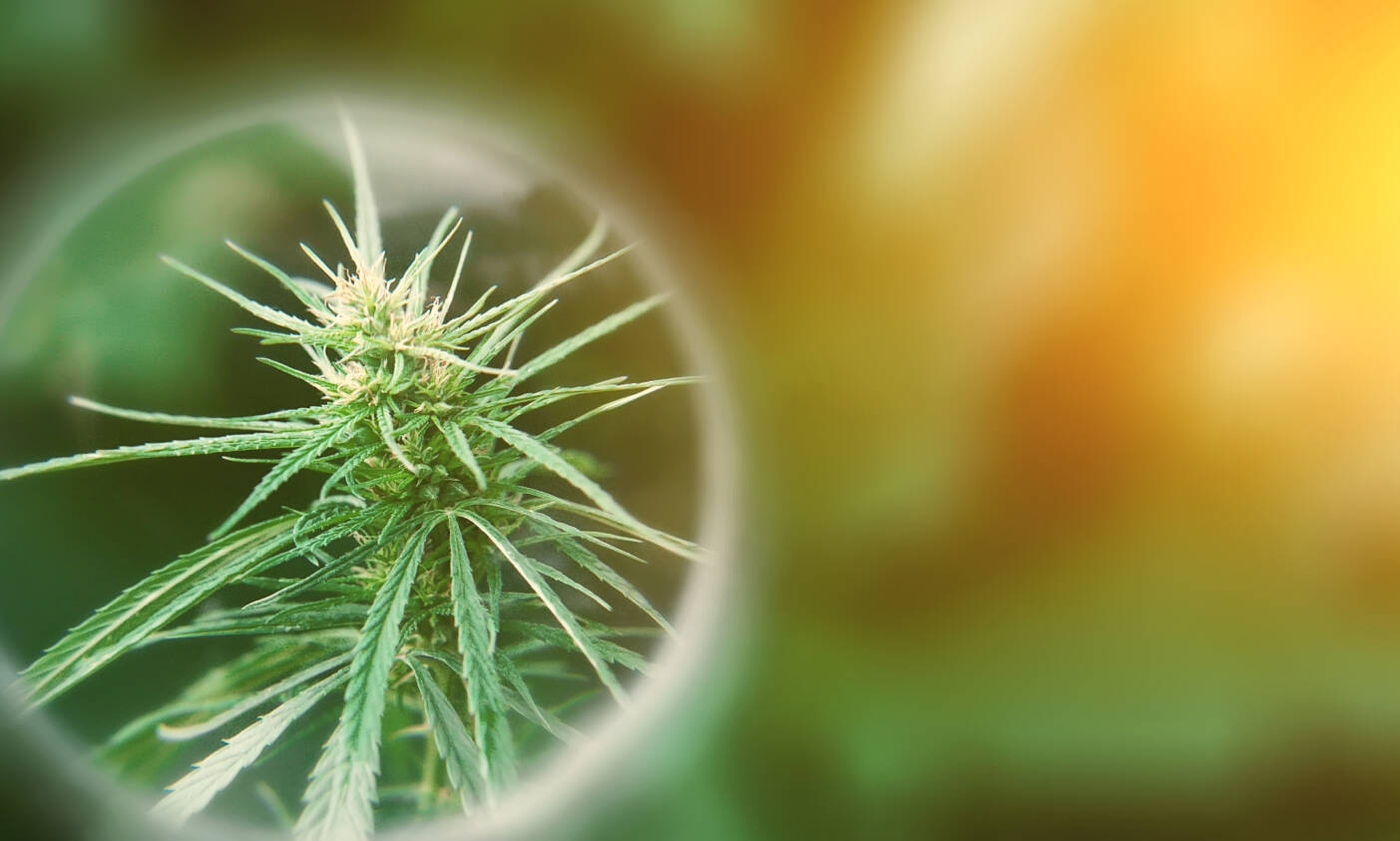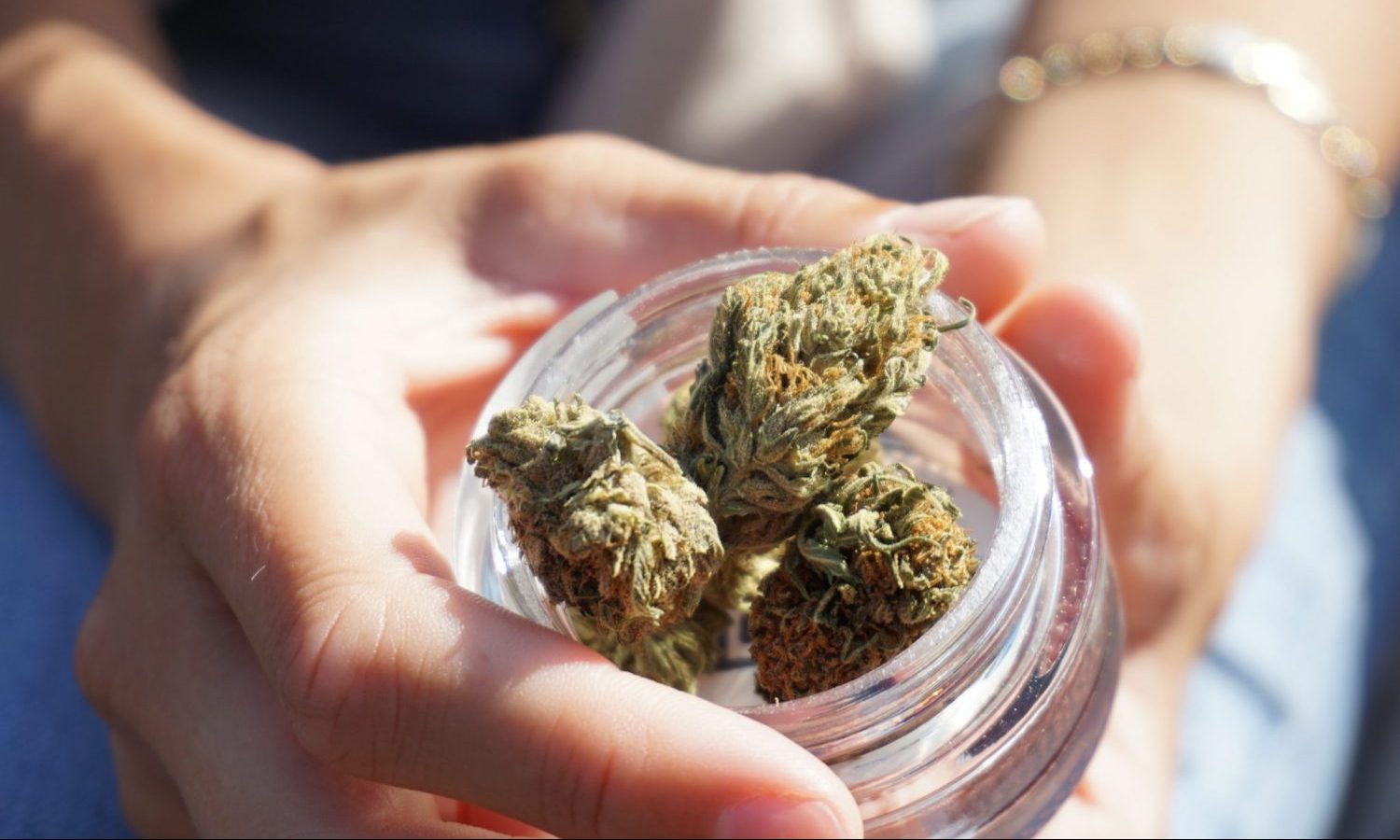With these six tips, you should be able to produce the more desirable, dense cannabis buds, and enjoy the fruit of your labor.
Buds that come out popcorn-sized are quite disappointing to see, especially following proper germination, a lengthy flowering stage, and weeks of vegetation — not to mention all the hours taken to attend to your buds. Here are some insights on how to prevent such results and instead grow buds with admirable density.

1. GENETICS IS THE STARTING POINT
Genetics is an important factor in the cultivation of dense buds. There are over a hundred common marijuana cultivars, all of which have features that are slightly different. Some act as energizers and others perform a stoning effect. Some remain low to the soil and bushy, others grow to lofty heights. The density of buds also differs between strains.
Genetically, there are cultivars wired to give fluffy, airy buds. This doesn’t mean that they are of lower potency, though it affects their attractiveness. Sativa varieties often give airier buds, whereas the indica’s often give compact and thick colas.
In the quest for having the densest flowers, a heavily indica-dominant hybrid or preferably pure indica specimen is the best place to start. There is a wide inventory of genetics in India that differ hugely in flowering time, effect, and taste.
2. REGULATE THE TEMPERATURE
Temperature plays a huge role in the size and shape of cannabis buds. The plants can withstand temperatures as hot as 30°C and blossom under a moderately wide range of temperatures, i.e 18-26°C. Although, if temps go outside the ideal range due to heatwaves or cold snaps, buds will begin to go nuts and get airy.
Planters need to make sure temperatures stay adequately cool during the day and warm enough at night. Those who plant indoors are at an advantage here, as it’s easier to control the climate in grow rooms. One can make it automated by using timers and sensors, or simply fans, air conditioners, a hygrometer, and heaters.
Outdoor planters possess less freedom and remain subject to the elements. Shade cloths are erected around their plants to prevent excess heat.
3. LIGHT SPECTRUM AND INTENSITY ARE IMPORTANT
The most crucial factor in attaining dense buds is probably light. It’s required by plants to grow, create vital sugars, and conduct photosynthesis. Although, not just any light will suffice. Plants require ideal intensity and the correct spectrum of light to produce resinous, plump flowers.
Outdoor-grown plants will perform optimally in direct sunlight for the majority of the day. 10-12 hours is ideal. To maximize exposure, planters should target planting them on slopes that face the south. Plants should be spaced in a way that they have an adequate broom between them and do not obstruct each other’s light
Those who grow indoors can choose between different types of light. LEDs are one of the best. They put off minimal heat, are powerful, and are not expensive to run, the only drawback being the acquisition cost if you decide on panels of high quality.

Planters should target a 1000W light intensity per square meter. This intensity will suffice to optimize the steady growth of the plant and produce dense flowers. Growers need to be conscious of the position of their lights. Positioning them very far will decrease the speed of photosynthesis. But, positioning them too near also can decrease bud density and cause heat stress.
If you use LEDs, place them 60cm over your plants. Bring the source of light closer daily. If you start to conserve signs of bleaching, lift the light 5cm gradually till symptoms decline.
4. TRIM, TRAIN, AND PRUNE
If you leave your plants to their own devices, they tend to grow vertically, producing one main cola. This is not ideal if you’re planning on increasing the flower density and yield. Fortunately, various techniques can help improve the appearance and quality of your plants.
One of the most effective techniques that can help improve the appearance and quality of your plants is low-stress training. This method involves tying down the main stem of the plant with garden wire to the side of the container. The side branches then start to grow vertically, producing a variety of main colas. You can also use High-stress techniques like topping to enhance bud density and boost ramifications.
Pruning can also be done to improve growth, shape, and flower quality. By taking out selected branches and leaves, growers focus energy and resources on the flowers instead.
5. DON’T HARVEST HURRIEDLY
We understand that harvest time is exciting! You’ve seen your plant grow from fragile seedlings to flowering beauties for months. Novice growers tend to pull the shoots away from the plant as soon as possible. This is fascinating, but it’s important to wait for the right time. The buds grow rapidly during the flowering period and can be densified by just waiting a few days longer. There are several factors that you need to be aware of to know if the timing is right. Use a magnifying glass or jeweler’s loupe to help you see them.
RELATED: Is All Weed Basically The Same? Here’s What Scientists Recently Found
The harvest indicator is the color of the trichome. These are crystal structures that cover the surface of buds and sugar leaves. In the early stages of flowering, the trichomes appear translucent. Eventually, it will be cloudy. When most of the trichomes are cloudy, it’s time to harvest.
Growers should also pay attention to the pistil, which is a hair-like structure found throughout cannabis flowers. The young pistil is white, but when ripe it turns orange-red or brown.

6. CONTROL THE NUTRIENTS CAREFULLY
Cannabis needs a wide range of nutrients to develop well, including macronutrients like phosphorus, potassium, and nitrogen, and micronutrients like manganese and zinc. Plants begin to exhibit deficiency symptoms if they don’t get or can’t access enough nutrients. However, excess nutrients can also injure the plate and lessen bud density.
RELATED: Is There Really Any Difference Between Cannabis Grown Indoors Vs. Outdoors?
Planters should apply nutrients as recommended by the product. Again, play safely and give 50% of the recommended amount in the early stages of nutrition. The pH of the soil should be slightly acidic to avoid deficiency. Introducing beneficial microorganisms into the soil, like mycorrhizal fungi, helps plants access the nutrients they need.
With these six tips that have been highlighted above, you should be able to produce the more desirable, dense cannabis buds, and enjoy the fruit of your labor.


